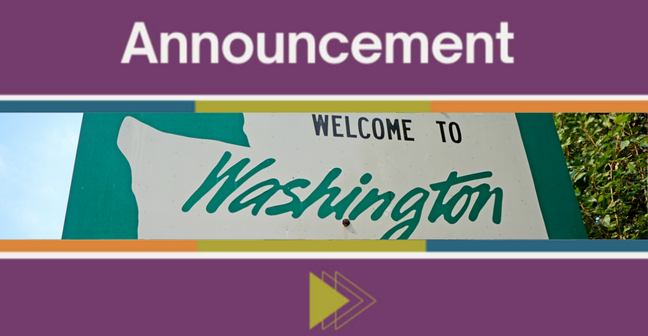Now that business Payroll Protection Program (PPP) loans have been deposited, and in many cases, already forgiven, it’s time to look ahead, perhaps through a different set of lenses. The following are four ideas many of our clients are doing now to survive – and thrive.
#1 Do an Expense Analysis
When the shutdowns became inevitable, and before the PPP and EIDL programs, most business owners made painful decisions about their expenses.
- Some assumed the loans would be enough to carry them through what they thought would be a short-term decline in revenues, and they chose not to make significant changes to their spending.
- Some businesses never changed their spending.
- A rare few are doing well financially during this crisis but are feeling the sting of uncertainty.
#2 Determine an Income Target
In our work, we advocate using income targeting to determine how much revenue a business needs to generate for the business to remain viable during times of economic upheaval.
After completing an Expense Analysis, reverse engineer what your total revenue will be required to support your company’s expenses. Don’t forget to include your owner distributions, payroll, taxes, etc. Once you have your revenue target, brainstorm on ideas to hit your target.
- Evaluate your pricing – should you increase prices?
- Should you add a product or service? Or eliminate a declining one?
- Would now be a good time to invest in advertising?
#3 Build a Multi-Layer Contingency Plan
Income targeting will show you what you need to keep your business viable now, but what if things improve, or devolve – significantly? This is the time to build a multi-layer contingency plan for your business.
- How will your business look if you exceed your income target?
- What expenditures can you add back, and when?
- How will your business look if you don’t hit the income targets?
- What additional changes will you need to make and at what point?
As hard as this is to do, this is also a good time to identify the point your business will no longer be viable. Even in the best of times, we’ve seen many business owners hold onto their failing companies much longer than is financially healthy, ruining their personal finances, relationships, and even their health in the process. Determining the point-of-no-return before it arrives can prevent complete financial ruin and give you piece of mind that you will know when it’s time to shut down for good.
#4 Build a Strong Cash Position
This is even more important now than ever! This is the time to determine what your critical operating expenses are. Don’t stop with your business expenses. Outline your personal finances so you know what your “survival” compensation from the business looks like. From there, form a plan to set aside a buffer for at least 3 months’ worth of cash (6 months is better) to cover these expenses.
This is easy task for those businesses doing well right now, but with some strategic decision-making, even businesses experiencing a downturn can build a cash reserve.
One area to consider is debt repayment. Depending on your situations, making only minimum payments on debt often is the right way to go until your emergency reserve has been funded. This may seem as if it goes against conventional guidance, but keep in mind a bank can call a credit line at any time. That could be disastrous if they pull your line of credit when you are counting on those funds being available to you in an emergency.
Accountability Services is well equipped to help you with CEO Advice. Need help? Call us to help put your numbers to work for you!





